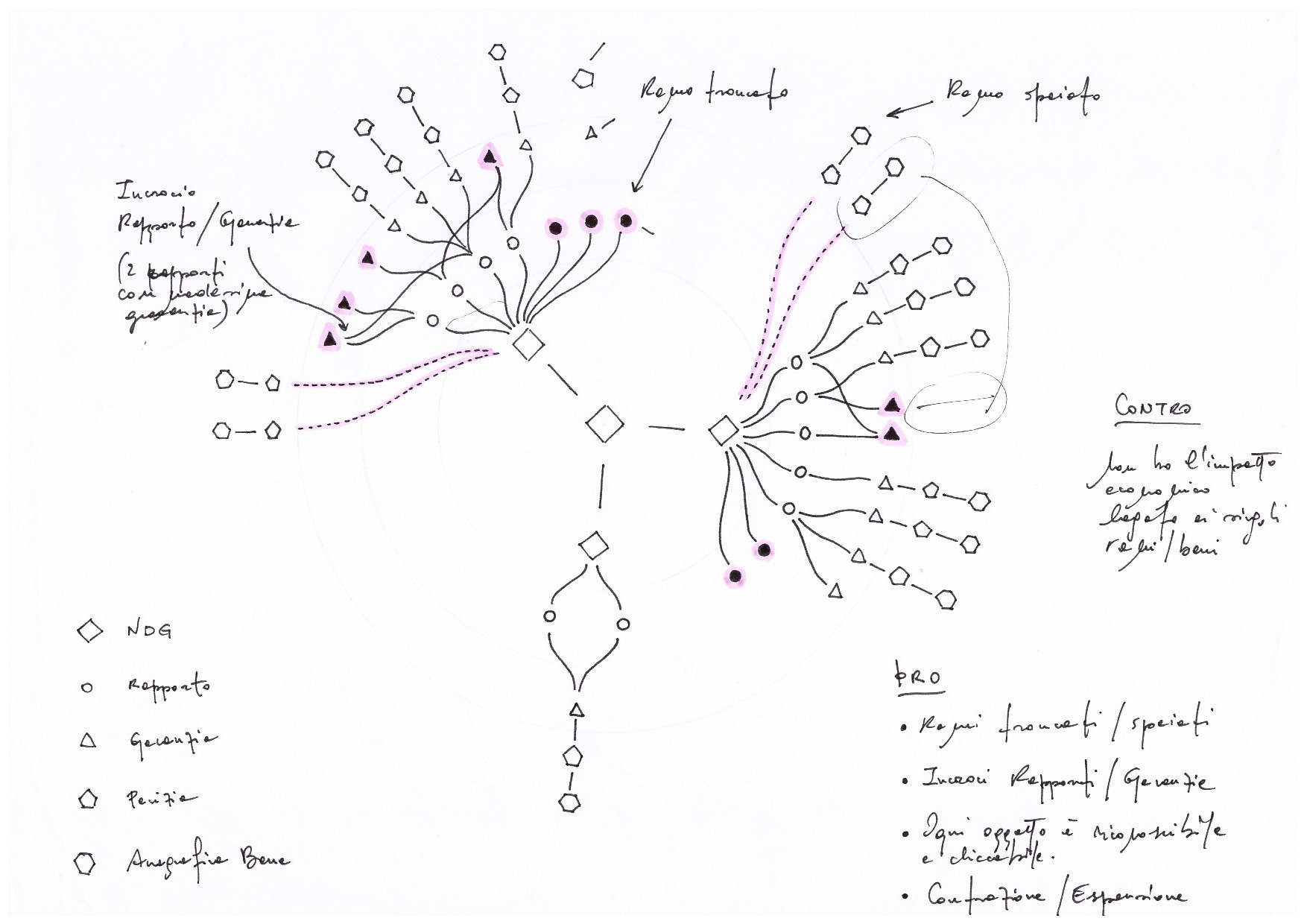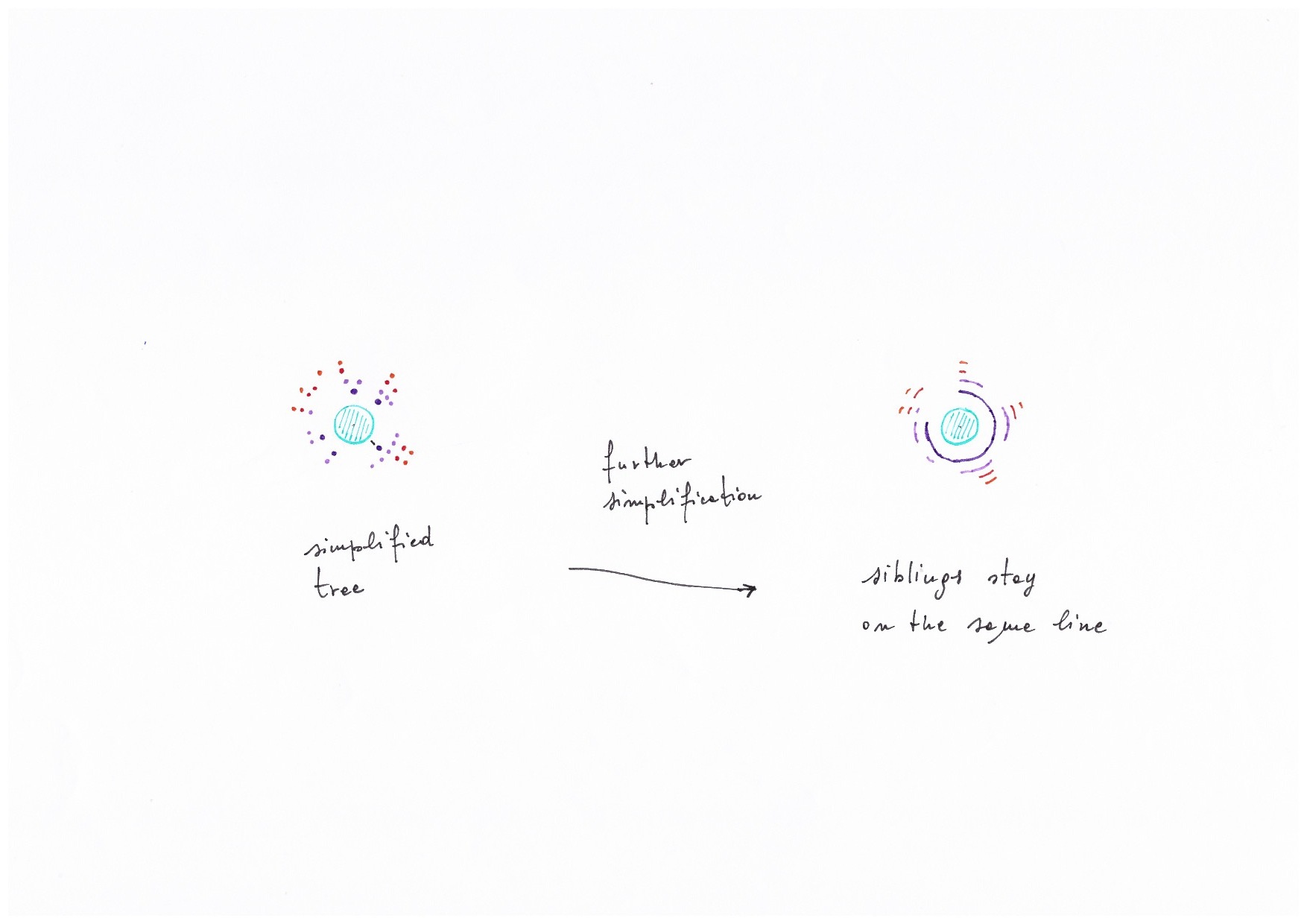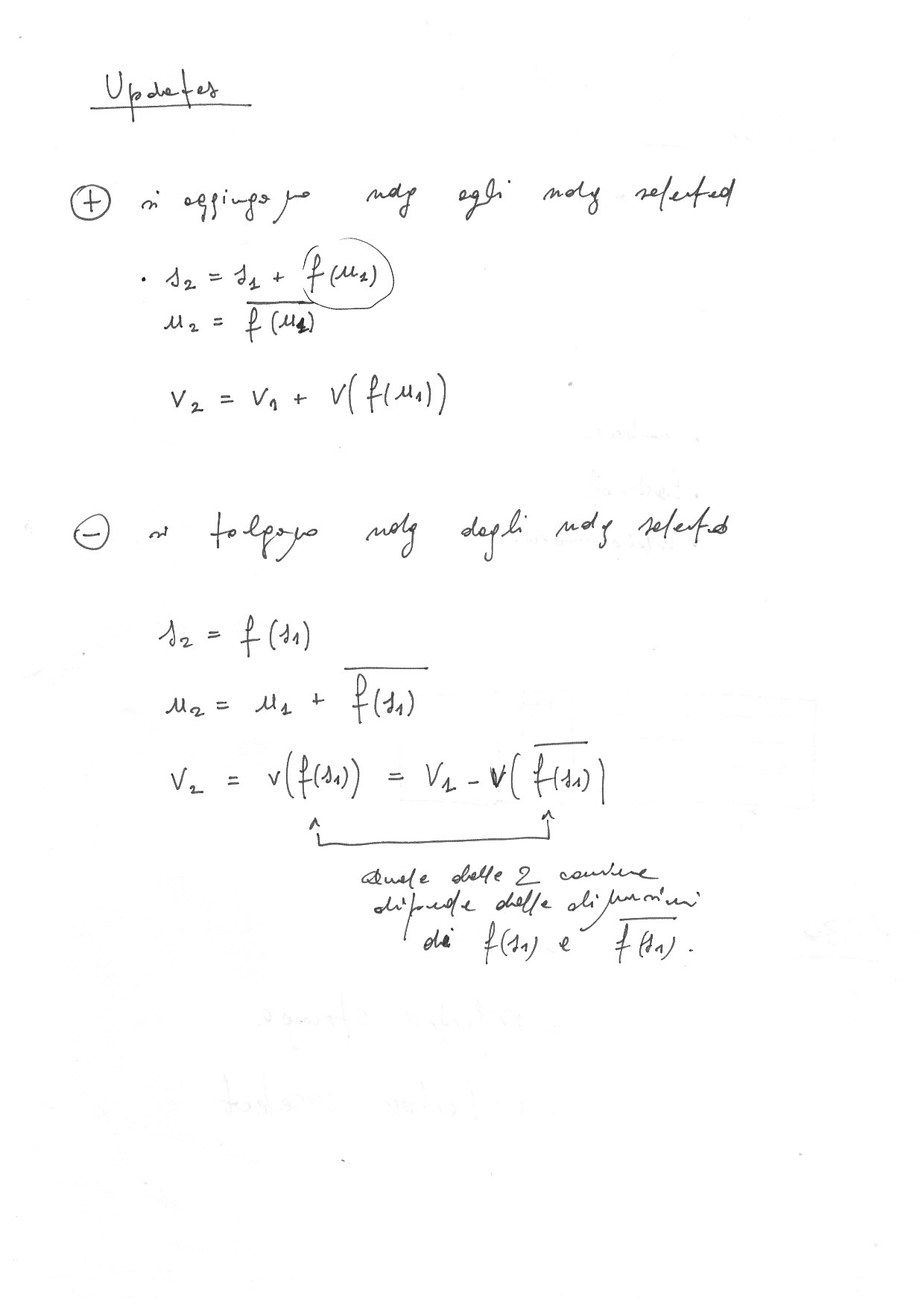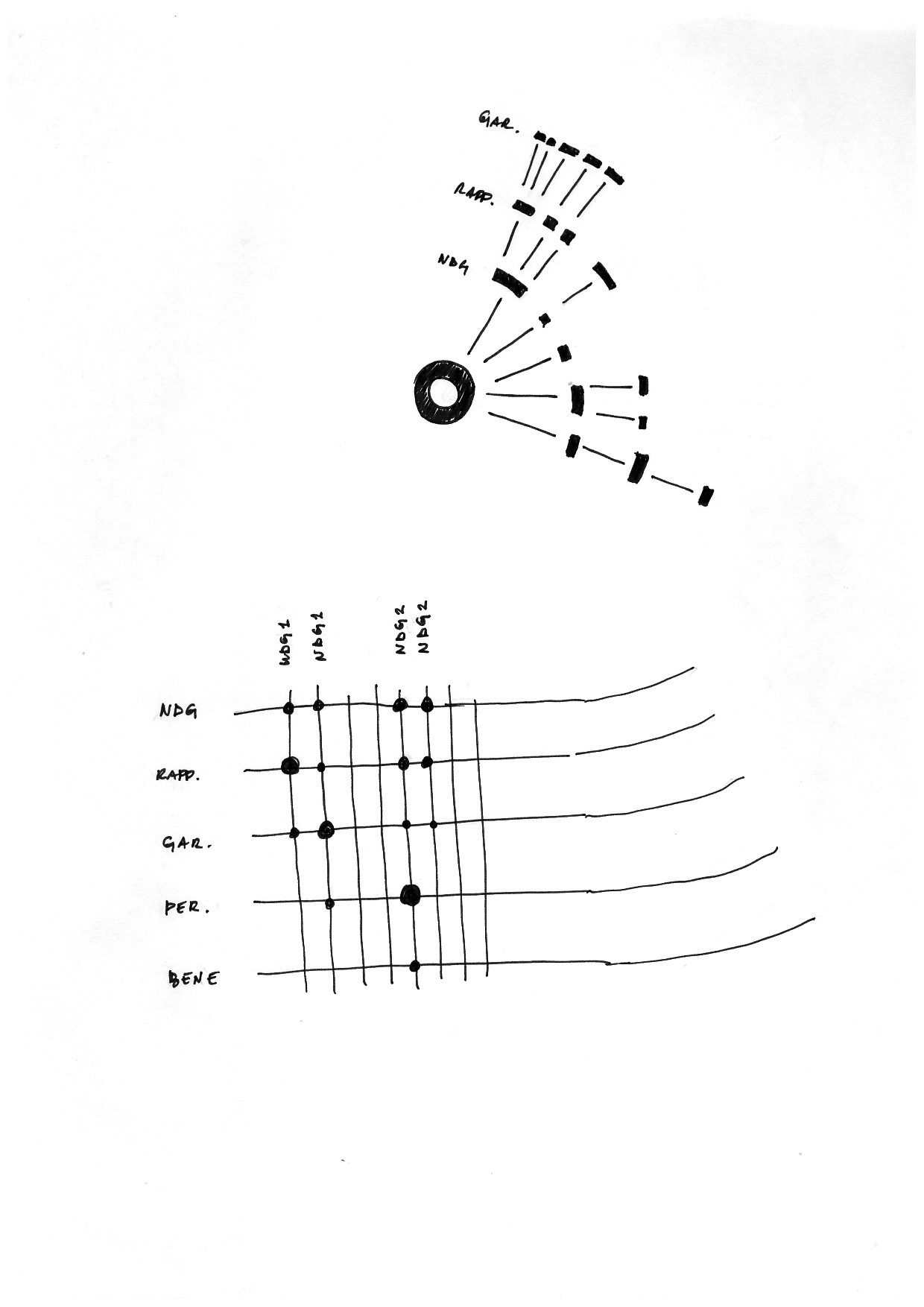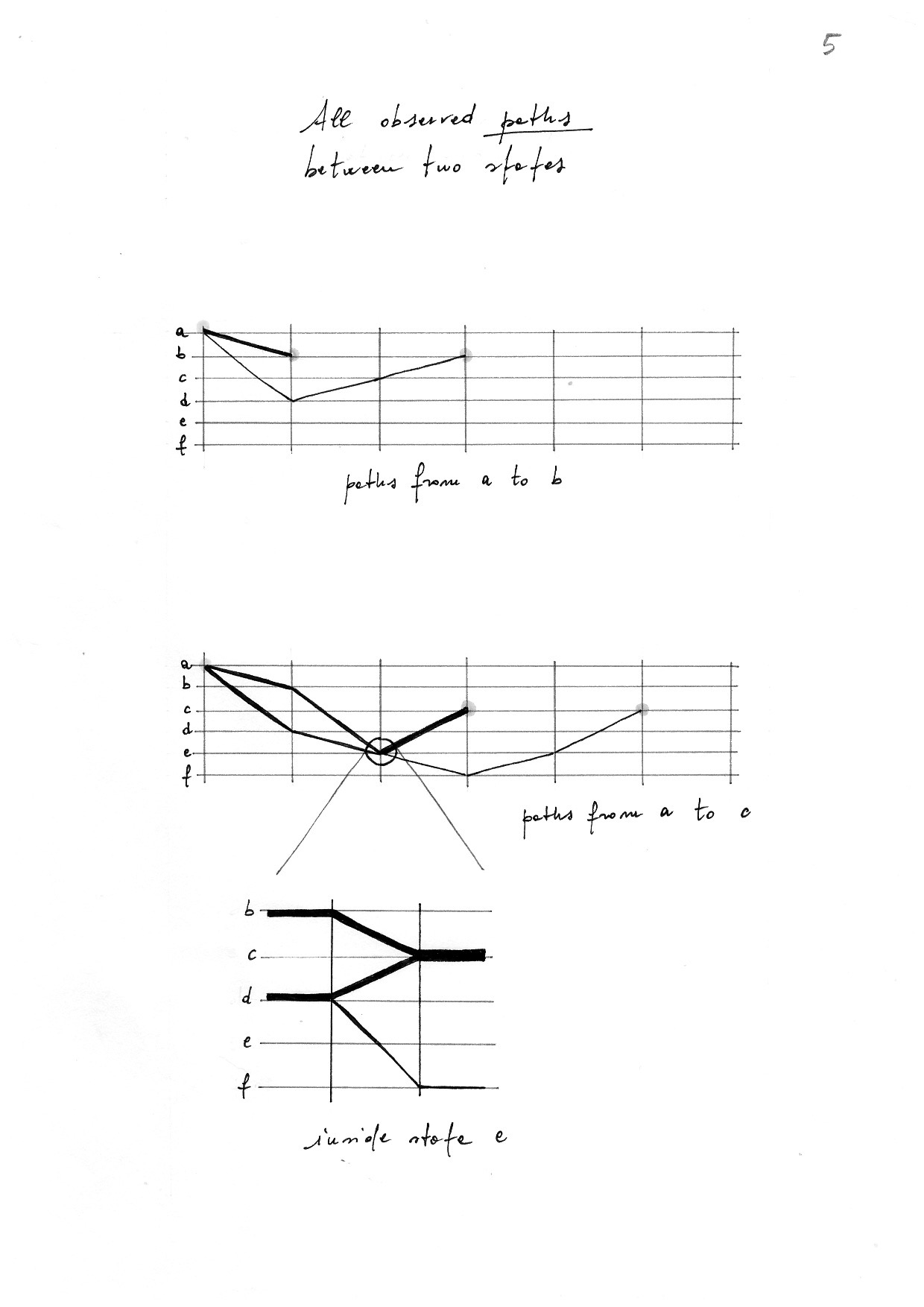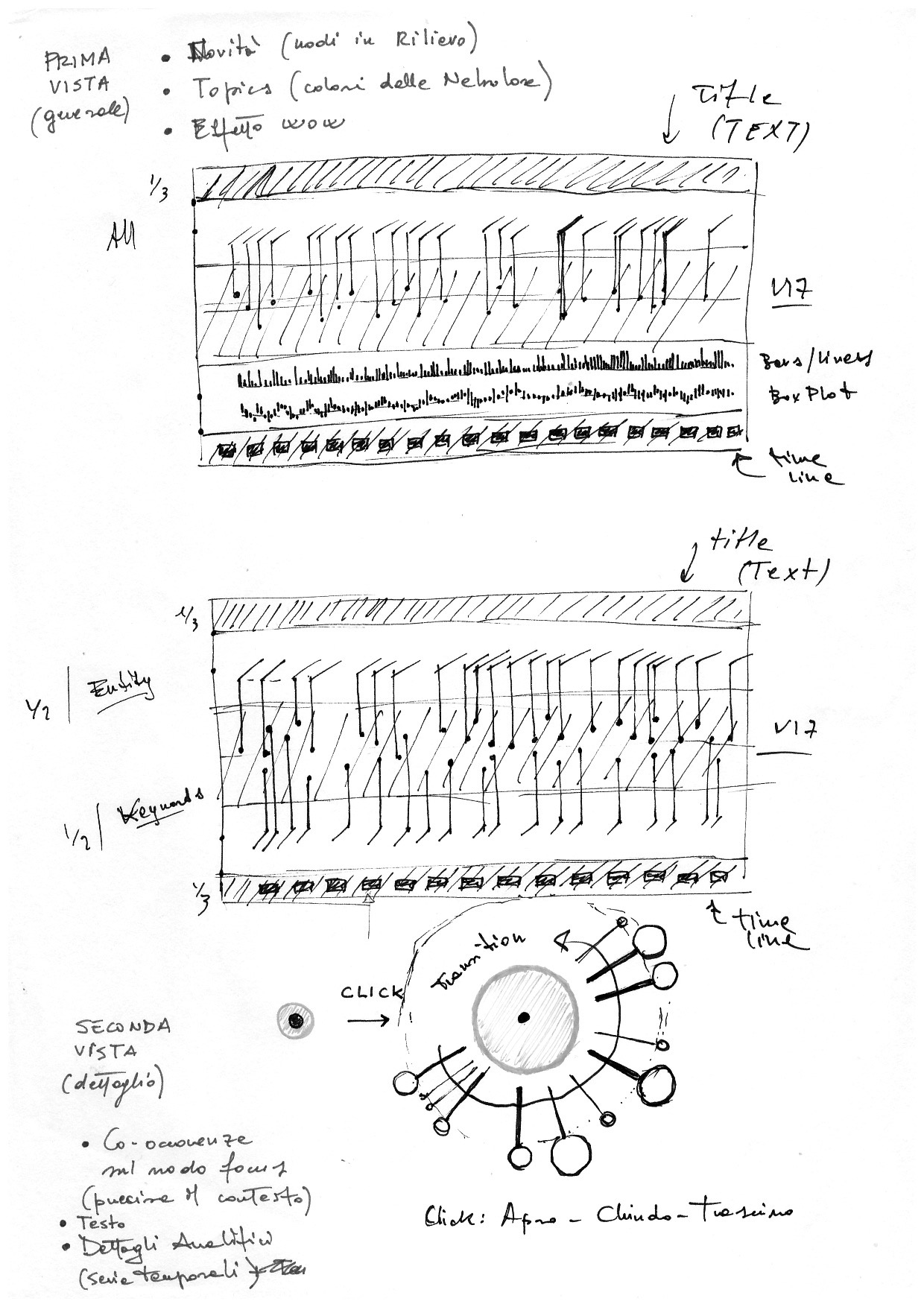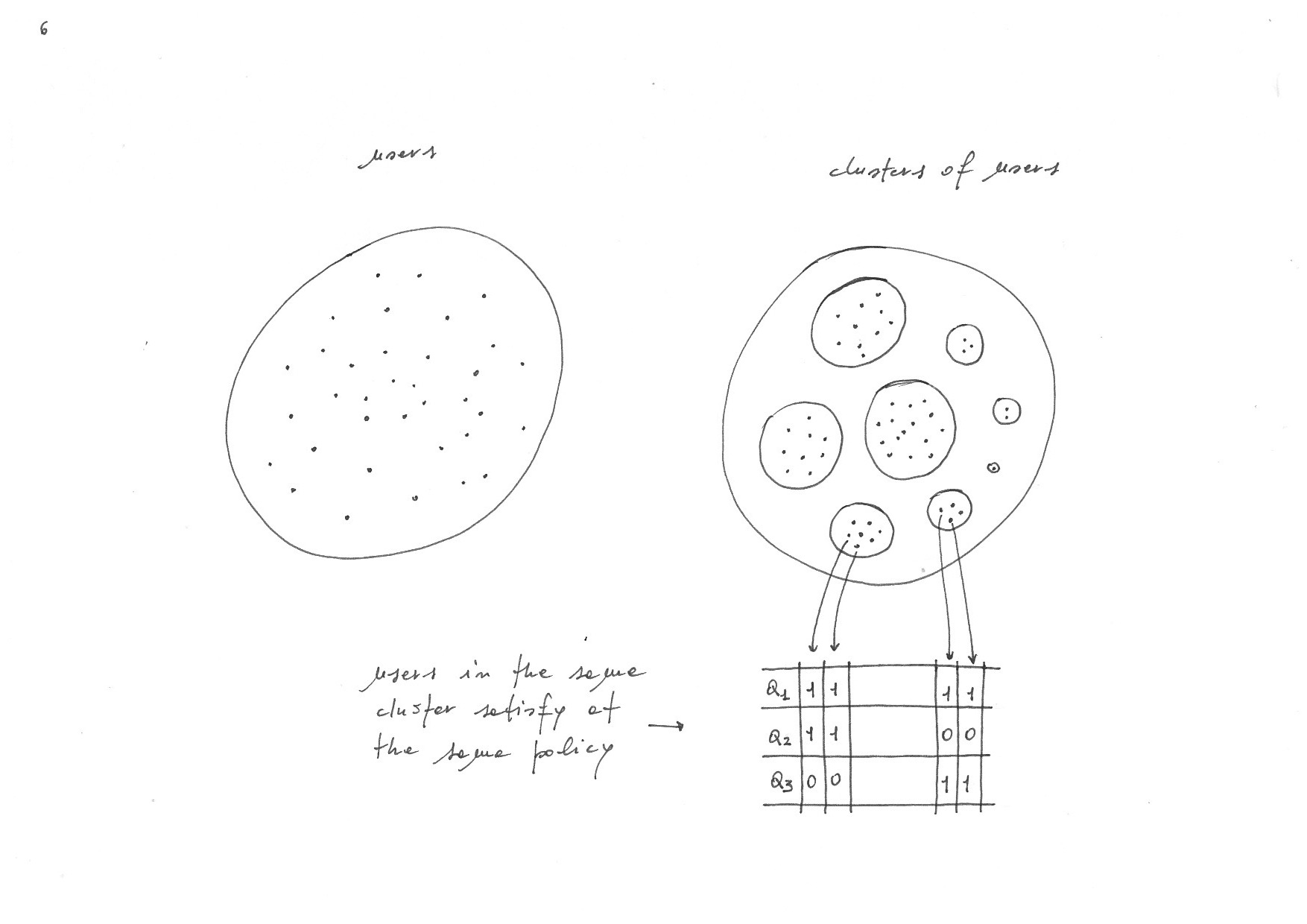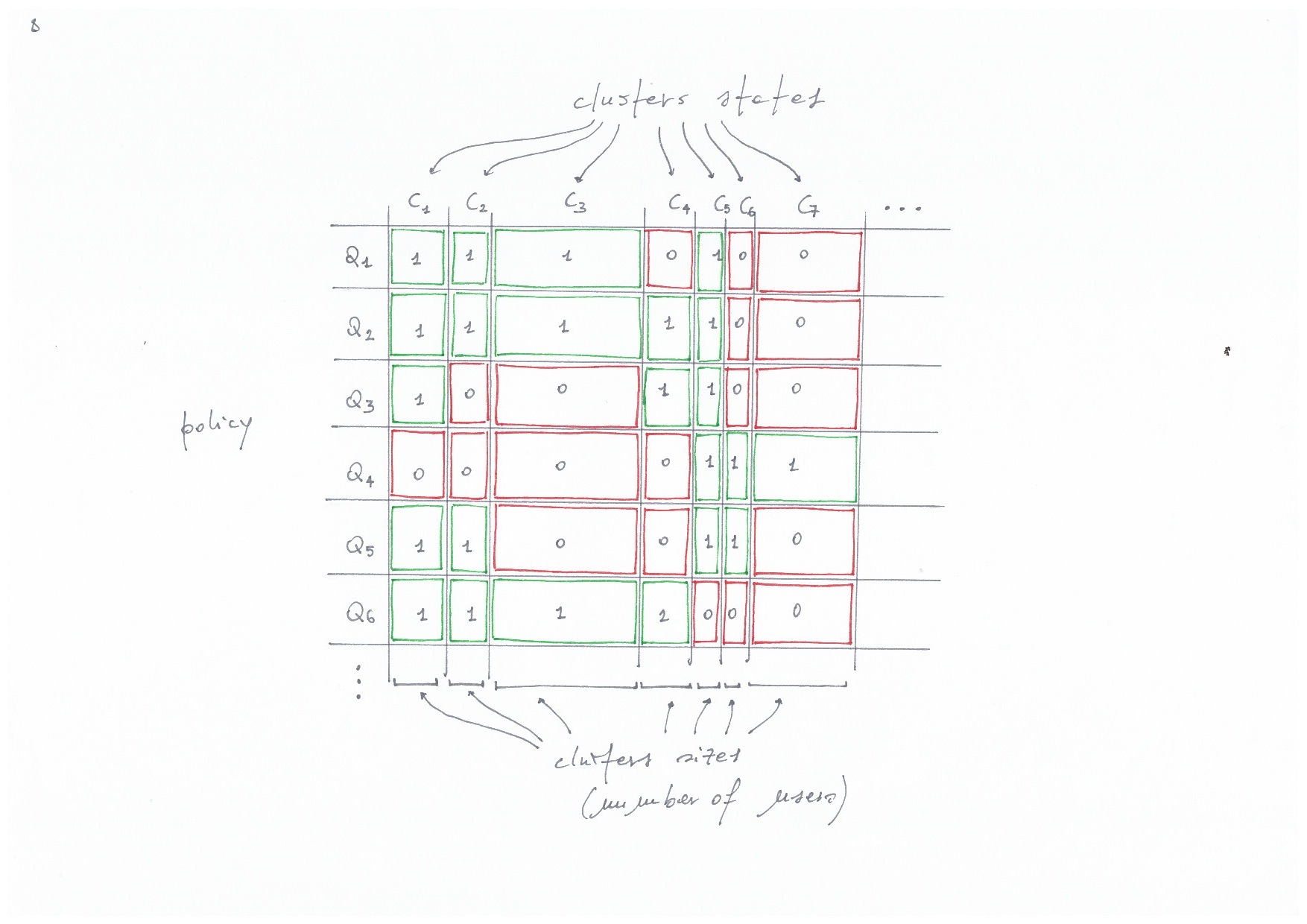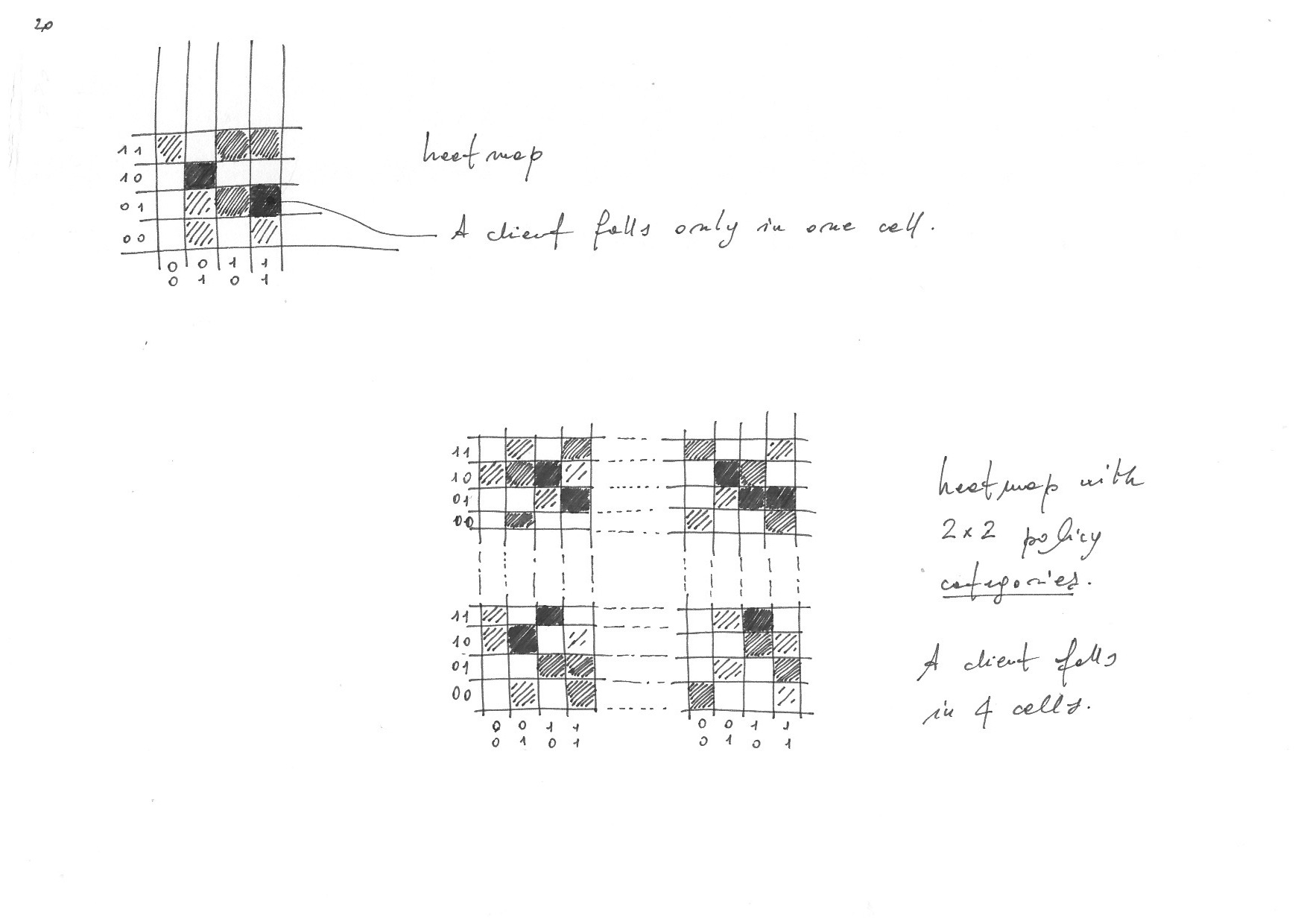Description
We researched a method to define the most influential twitter
users on a specific topic. Briefly, tweets are processed in
order to create a regular Markov chain. The steady state
distribution of the chain defines a metric on the set of twitter
users, which can be used to retrieve an ordered list of users.
The rules applied on the network definition have the target to
highlight the user visibility on the discussion, we indeed
preferred to focus on events that clearly determine a connection
among users that is also visible to other users. Being based on
mentions and retweets, the methodology is effective also on
discovering influential users on the short period, therefore it
offers an analytical tool suitable for discussions on specific
events along with a time variable list of influential users. The
mathematical methods are based on the paper
Equilibrium distribution from distributed computing, and we used
Pykov for
the manipulation of finite regular Markov chains.
Credits
The project has been requested by the editorial company
Zadig and it falls under the
tellme project. The
project has been developed in collaboration with
S. Cima
(Tuxtax).
Technology
Python, Pykov, Javascript, SVG, D3.js.



